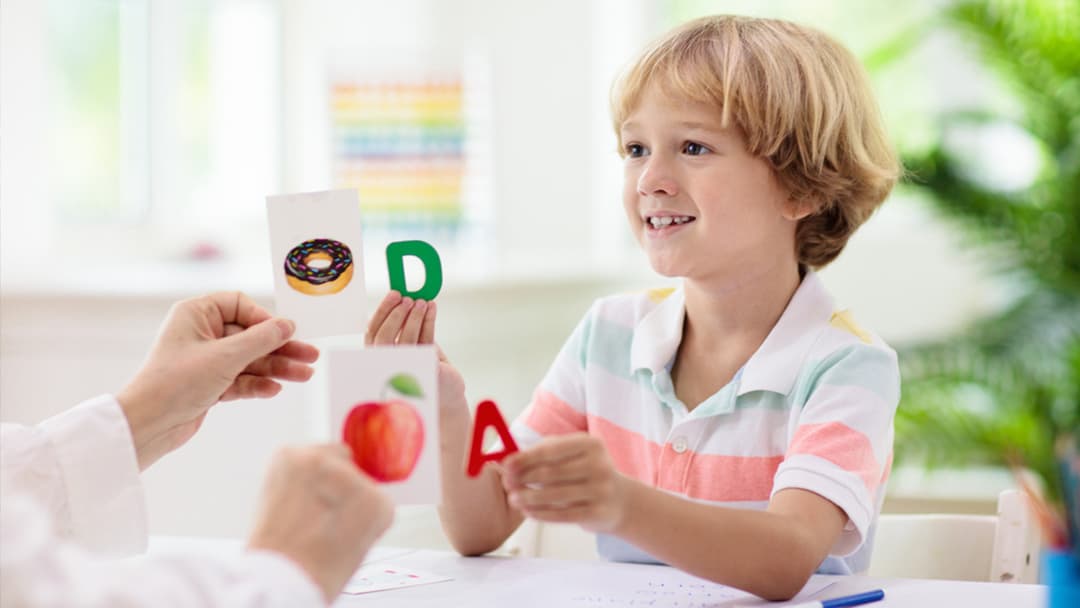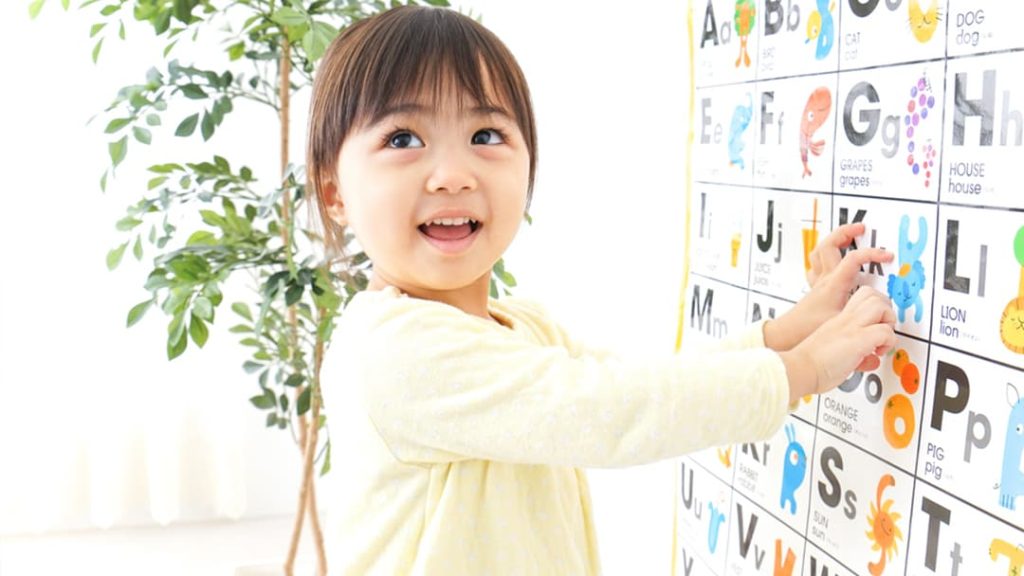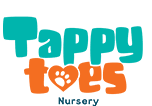
Why is Learning a New Language Important for Children?
Why is learning a new language important for children? At Tappy Toes Nursery, we believe it offers many benefits that will serve them well later in life. This blog will explore why learning a second language should be essential to every child’s education.
Why Learn a Second Language?
As our world becomes more globally connected, there are incredible advantages to nurturing bilingualism in children from a young age. Here are the key reasons why helping our children become bilingual is such a valuable gift:
Develops Cognitive Skills
Bilingual children often demonstrate better critical thinking abilities, creativity, and problem-solving skills than monolinguals. As a child’s brain absorbs the patterns and rules of a new language, it builds pathways that enhance their cognitive development. The mental agility needed to switch between two languages strengthens their executive functioning and ability to focus.
Boosts Academic Performance
Compared to monolingual peers, bilingual education helps students excel in core subjects like reading, maths, and science. The cognitive benefits translate across all areas of learning, as they can better concentrate, interpret information, and think analytically. As students move through school, their academic advantage stays clear.
Enhances Multitasking Abilities
Juggling two languages requires concentration, attention control, and switching back and forth seamlessly. These demands develop a bilingual brain’s capacity for multitasking. In a world of constant digital distractions, having better multitasking skills and focus from an early age can only be advantageous.
Broadens Cultural Understanding
Learning a foreign language exposes children to new cultures, perspectives, traditions, and ways of life. It paves the way for greater cultural sensitivity, open-mindedness and being more receptive to differences. In our increasingly interconnected world, these competencies are invaluable for future success.
Enhances Travel Experiences
Understanding and speaking the local language enriches travels enormously. Children can fully immerse themselves in the destination’s food, customs, and culture instead of remaining in the tourist bubble. Knowing even just basic phrases also makes practical aspects of travelling easier.
Improvement in Social Skills
Learning a different language pushes children out of their comfort zone to gain competencies they’ll use. They learn better listening abilities, overcome shyness faster, and build confidence by practising communication skills. The analysis and problem-solving abilities developed also make them more empathetic and flexible when faced with unfamiliar situations or people. Overall, the social and communication competencies learnt serve them well in all aspects of life.
Mental Flexibility & Creativity
The cognitive demands of balancing two or more languages strengthen mental skills from an early age. Bilingual children demonstrate better focus, working memory, and the ability to easily switch between tasks. Facing constant decision-making about which language to use forces bilingual brains to solve micro problems continuously. This mental exercise bolsters executive functioning, resulting in faster problem-solving capacities than monolingual peers.
Better Focus & Self-Control
Maintaining fluency in two languages requires tremendous focus, self-discipline, and commitment from early on. Children must continually direct their attention, restrain impulses, and stay on task to avoid language mixing. These efforts compound to bolster their concentration and self-control skills over time.
Larger Vocabulary Range
Bilingual children build a wider vocabulary range by learning words and concepts in two languages instead of one. These expanded lexical stores translate into better reading comprehension and verbal test scores.
Perks of Being Multilingual
While bilingualism places children ahead, being multilingual amplifies the advantages even more. Each additional language learned:
- Strengthens brain connectivity pathways
- Compounds cognitive benefits
- Builds executive function skills
- Magnifies adaptability
As the world becomes more interconnected, having multilingual abilities will be highly sought after. Even if your child learns multiple languages and pursues other passions, these competencies remain valuable in all career contexts.
Difference Between Bilingualism and Multilingualism
While often used interchangeably, some key differences exist between bilingualism and multilingualism:
- Bilingualism: Bilingualism entails achieving equal fluency in two languages, with individuals mastering both at a native level through regular exposure in their early developmental stages.
- Multilingualism: Multilingualism, on the other hand, is characterised by proficiency in three or more languages. Proficiency in multiple languages may vary, with different levels of fluency based on the timing and method of language acquisition.
Children who learn a second language earlier and achieve balanced fluency levels are considered bilingual. As they add more languages, they progress along the continuum towards multilingualism.
Fun Ways to Foster Bilingualism
Parents play pivotal roles in providing an enriching language environment at home, even without bilingual capabilities. Small steps make significant differences:
- Read bilingual books together: Combine English tales with parallel books in the second language to accelerate vocabulary. Discuss pictures and themes to keep learning fun.
- Watch bilingual shows or movies: Dora, Sesame Street and other kid options make grasping a new language engaging. Pause shows to discuss words and concepts.
- Listen to foreign language music or radio: Surround children with bilingual songs or radio stations around your home to immerse them in new language sounds.
- Speak the little you know: Use simple greetings, phrases and vocabulary you know in daily routines. Even small exposures help their listening comprehension.
- Find language playmates: Connect with other families raising bilingual children for playdates. Peer practice accelerates their abilities.
- Cook ethnic cuisine together: Prepare cultural dishes while teaching vocabulary for ingredients, colours, and textures in the second language.
- Make a language chart: Create a visual chart with commonly used phrases, expressions, or words in both languages. Decorate it with colourful drawings to make it visually appealing.
- Create a language treasure hunt: Hide small objects around the house and provide clues in both languages. This interactive game not only sharpens language skills but also adds an element of excitement.
With creativity and consistency, these fun activities make all the difference in nurturing bilingual talents over time.
At Tappy Toes Nursery, our mission includes respecting each child’s unique linguistic diversity and talents to foster holistic learning and self-expression. Through a holistic approach to learning, we integrate language development with other facets of a child’s growth, including cognitive, emotional, and social aspects. This is how we lay the foundation for a well-rounded education that promotes academic success and nurtures the development of essential life skills.
Conclusion
The cognitive, social, academic, economic, and cultural benefits of bilingualism and multilingualism from early ages are undeniably tremendous – regardless of the languages acquired. Children can achieve remarkable proficiency in bilingual and multilingual abilities by recognising critical stages of development, embracing diverse language exposure from an early age, and consistently providing enriching input over time. Their prospects tangibly improve, whether they pursue careers utilising multiple languages actively or not. The mental agility, flexibility, executive function, and literacy advancements serve them for life.
So nurture your child’s linguistic talents early and reap the rewards for their adulthood. At Tappy Toes Nursery, we provide a bilingual environment, fostering proficiency in English and Arabic. Enrol your child today for a linguistic adventure!

